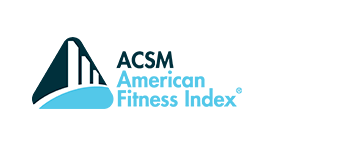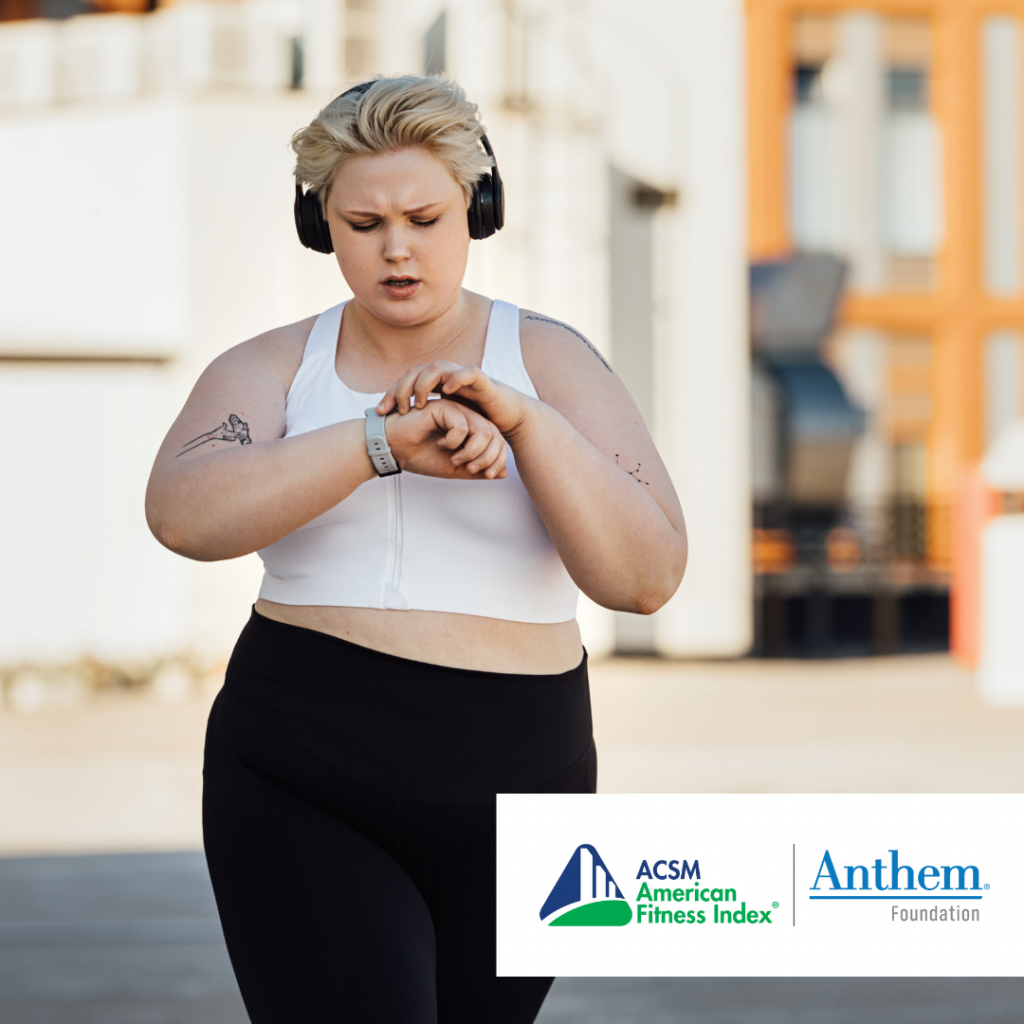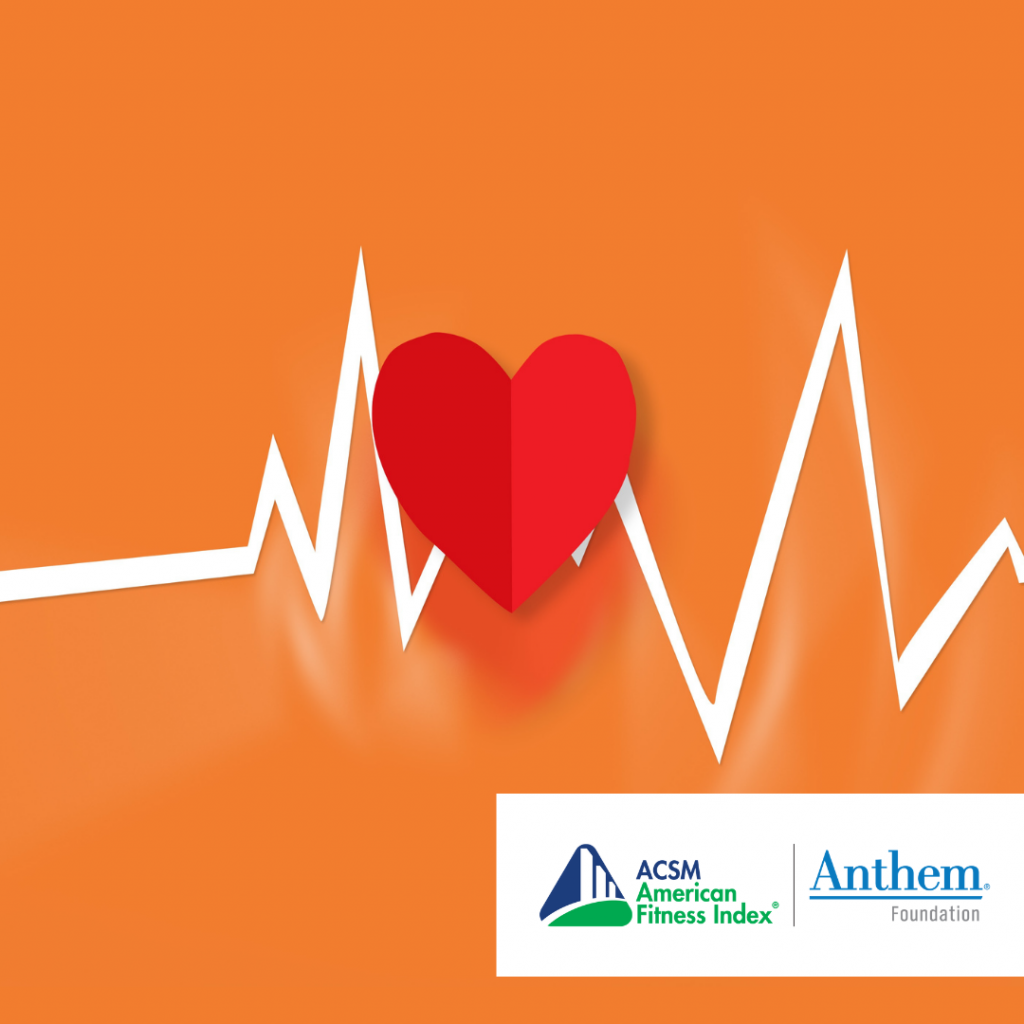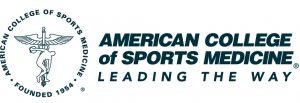February is heart month, and wearable devices are becoming a larger part of heart health promotion and cardiovascular care. Wearable devices incorporated into clothing or an accessory allow for real-time data collection and monitoring. Data monitoring allows physicians to practice medicine in a post-COVID-19 world where remote, decentralized and personalized patient care are becoming commonplace. As Navy researcher Rachel Markwald said, “you can’t manage what you’re not monitoring.” It is important to monitor sleep, activity, heart rate, blood pressure, etc. if someone wants to make a change to benefit performance or health.
- Activity tracking: It has been shown that physical activity is inversely correlated with cardiovascular outcomes, and wearable devices allow for constant activity tracking that is not subject to recall bias.
- Heart rate monitoring: Wearable devices can monitor heart rate and may allow for identification of people with high resting heart rate who have a higher risk of coronary artery disease and all cause death. Additionally, impaired heart rate recovery after exercise and heart rate variability are associated with an increased risk of adverse cardiovascular events.
- EKG monitoring: Wearable devices with EKG capabilities can monitor for arrhythmias such as atrial fibrillation, but wrist-worn devices may not be as accurate as chest straps and results should be interpreted cautiously.
- Blood pressure monitoring: Hypertension is the leading cause of morbidity and mortality, and frequent monitoring would be very beneficial. Several algorithms have been developed for monitoring blood pressure using a wrist device, but this technology is still in its infancy.
Functions of Wearables:
As technology evolves, the capability and accuracy of smart devices advances. Output from wearable technology is becoming integrated into daily life. The global Wearable Medical Devices Market was valued at $14.6 billion USD in 2019. The compound market growth rate of wearable devices is expected to grow by 24.8% per year. Having 24/7 available data are helping the sports and fitness industries push the boundaries of human performance.
Wearable devices currently on the market perform the following functions:
- Activity tracking – duration, pace, type
- Calorie burning
- Sleep tracking
- Measure heart rate (HR) – resting HR and HR variability
- Measure blood pressure
- Electrocardiogram looking at heart rhythm
- Pulse oximeter
- Body temperature
- BMI
- Body posture
- Fall detection
Wearables allow for direct access to strategies for:
- Mindfulness
- Meditation
- Cognitive strength
Challenges of wearables for monitoring heart health in the medical setting:
- Data accuracy – Inaccurate data is more harmful than no data.
- Behavioral change – Can wearables actually guide behavior change?
- Cost – Those who may benefit the most from wearable technology and continuous data monitoring may not be able to afford the devices.
- Data security – Health-related data may not be able to be securely shared with physicians.
What is the best wearable for you (or your patients)?
You should consider your health and fitness goals, your ability to sift through large amounts of data, the data you believe are most beneficial to you, and the ease of use of the device. As technology continues to advance, the accuracy and capabilities of wearable devices will continue to improve. Overall, wearable devices are good at tracking physical activity parameters, but the technology for monitoring some cardiovascular vital signs, such as blood pressure, is still in its infancy.
A list of wearable devices, their biological measurements, and description of research studies and FDA approval status can be found here.
Authors: Allison N. Schroeder, MD and Chad A. Asplund, MD, MPH, FACSM





